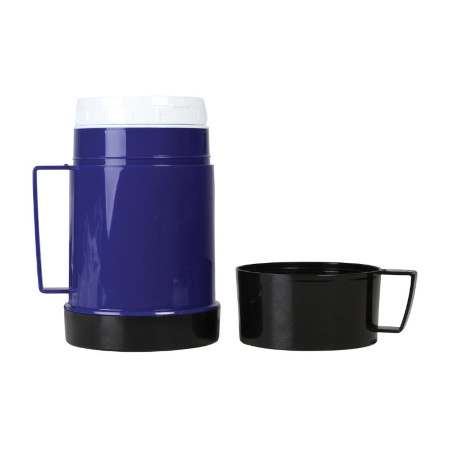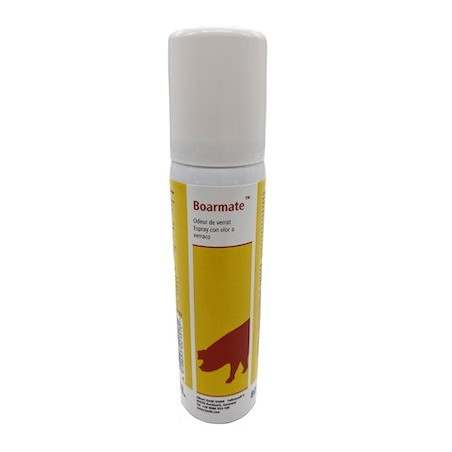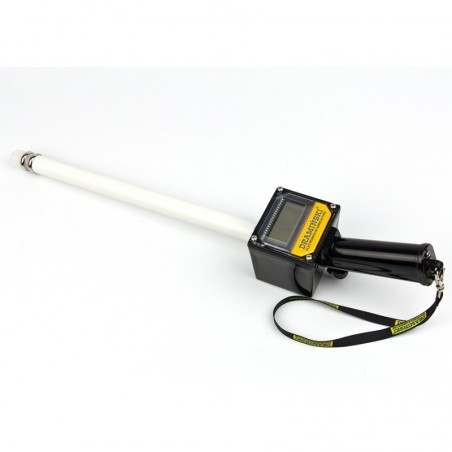Farm profitability depends on weaned pig output which is controlled by the number of females bred, ie., meeting the batch breeding target. Missed batch targets result in empty batch farrowing places with numbers weaned and finished pigs of zero so, each empty farrow place will cost the value of an entire litter. Meeting batch breeding targets requires availability of enough service-ready weaned sows and gilts. Sow availability depends on predictable wean-to-oestrus intervals and the management of sows previously bred but returning. Gilt pool management drives the availability of cyclic gilts.

Gilt managment
A problem often encountered in practice is some of gilts (5-15%) fail to show oestrus within a reasonable time after entry (eg. 28-days). Divide the incoming gilts into three groups:
- Those that cycle within 10 days post-arrival
- Those that cycle 10-28 days post arrival
- All additional gilts
Ensure sufficient gilts are entered; it be better to cull gilts than miss batch breeding targets.
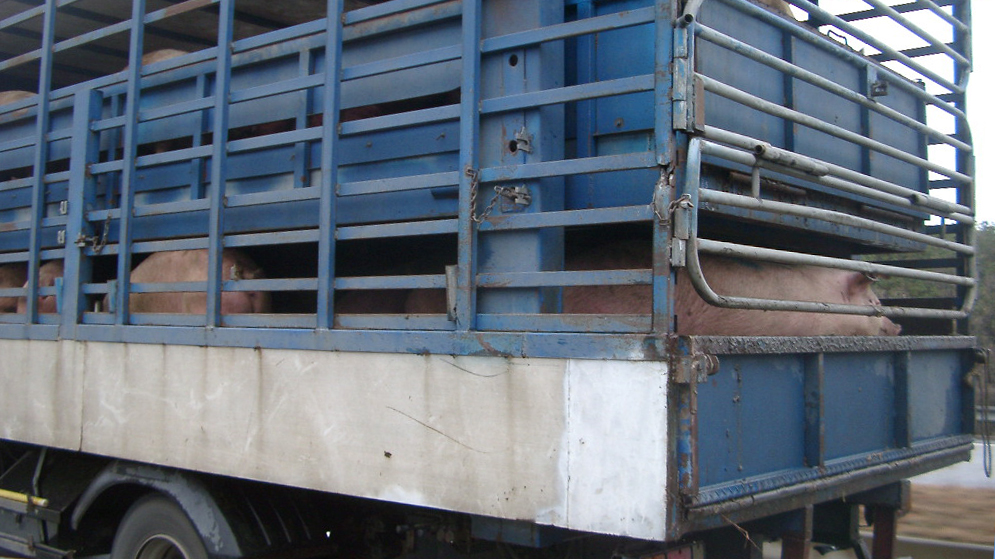
Table 1. Gilt oestrus response and fertility.
| Post arrival | Effect on life time farrowing rate | Effect on life time litter size | Likely parity of culling |
| Cycle within 10 days | ++++ | ++++ | 6 |
| Cycle 10-28 days | ++ | ++ | 4 |
| Cycle after 28 days | - | - | 2 |
This assumes gilt management pre-entry is excellent and an appropriate boar is used. A good boar will be at least 10- months of age, have good libido, chomp/salivate profusely and stand while stimulating. Group 2 and 3 gilts are having a behaviorally quiet oestrus that is missed (confirm that appropriate boar exposure was used) or are prepubertal but relatively infertile (late maturing gilts). These gilts appear to be relatively infertile and should be culled but if culling pressure is to be reduced, an injection of eCG/hCG could be given and the gilts bred at the induced oestrus. To avoid accumulating too many non-productive females, any gilt failing to exhibit oestrus by 7days after injection or failing to conceive to service at the induced oestrus should be culled as well-developed gilts failing to show natural oestrus and then not responding to gonadotrophic stimulation are unlikely to become productive sows.
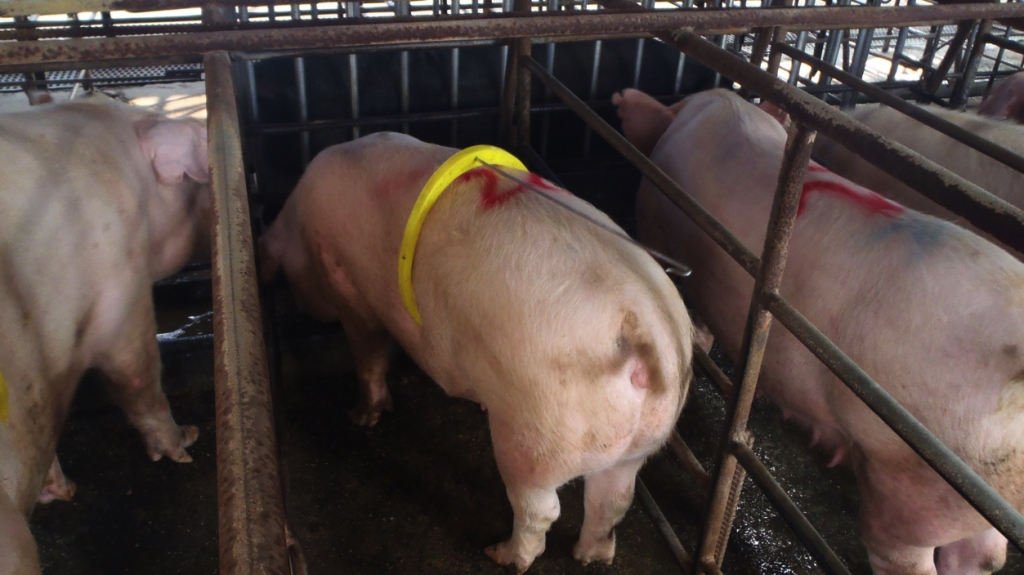
Picture 2. A poor boar; he was too young, had very poor libido and despite being in front of oestrus sows, went to sleep.
Occasionally, boar exposure is not effective for oestrus induction, eg., due to seasonal infertility. In these cases intervention with gonadotrophic hormones eCG or a combination of eCG and hCG is warranted. In gilts and primiparous sows, the eCG/hCG combination has proven more effective for inducing oestrus than eCG alone, although the response to eCG will improve at higher doses (use 1,000 and 600 IU for gilts and sows, respectively). This may be clinically significant and can assist the diagnosis of infertility "problems".
When eCG/hCG is administered to prepubertal gilts up to 30% may not exhibit oestrus and about 30% of those exhibiting oestrus may fail to cycle regularly. Poor predictability means gilts should be bred at the induced oestrus unless >90% cycle regularly, in which case breeding to the next, natural, oestrus will improve fertility. If a group of treated gilts respond poorly (eg. <50% oestrus) the likely cause is gilts are already cyclic and so will not respond to gonadotrophins. In that case a review of oestrus detection management is needed.
Sows
There are four groups of sows
- Parity 2 and older sows which ate well during lactation.
- Parity 1 sows and those that did not eat well during lactation
- Sows which do not cycle within 7 days of weaning
- Return sows
Prolonged wean-to-oestrus intervals (ie. >5 days) make it harder to meet batch breeding targets and are also associated with reduced sow performance. A delayed oestrus is more likely in primiparous than older sows, especially during hotter months. Where herd data indicates a problem of prolonged wean-to-oestrus intervals, or a herd with a high proportion of primiparous sows, eCG/hCG treatment of all primiparous sows at weaning or the day after weaning can be effective for oestrus induction. A more cost-effective use of gonadotrophins would be to inject only problem sows, ie. sows anoestrus on day 7 after weaning. The response obtained will depend on accuracy of anoestrus detection and depth of anoestrus, ie., ability of the ovaries to respond to hormonal stimulation.
Administration of GnRH 96 hours after weaning allows for the whole group to ovulate on day 5 post-weaning, permitting fixed time single inseminations. This may prove beneficial in managing loose-housed breeding systems where sows would otherwise need to be moved into the breeding stalls and then released again repeatedly over the breeding week. The advent of single serving also allows for the best boars to be used which will have a significant impact in the finishing herd’s performance.
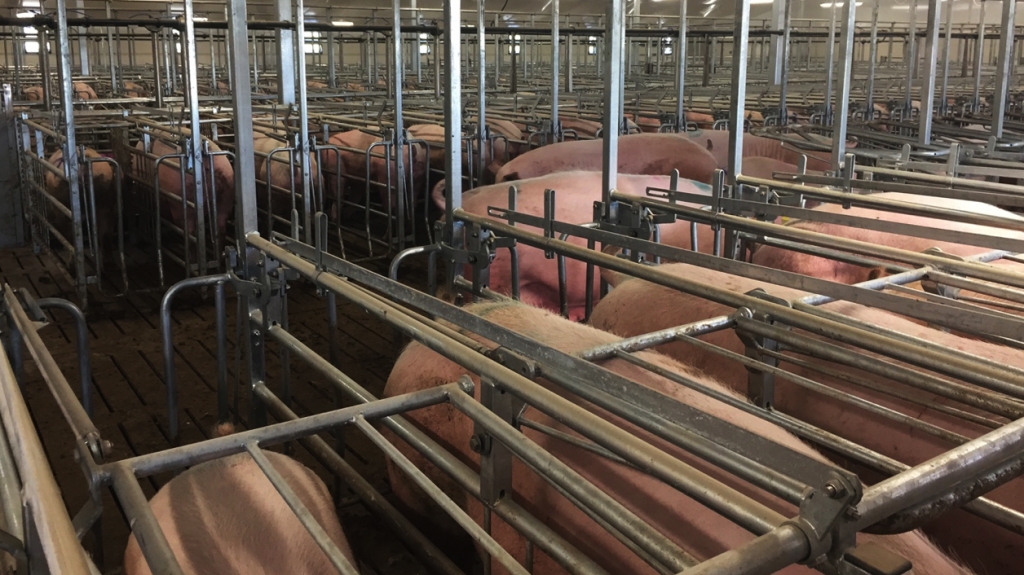
Picture 3. This weeks weaned sows being prepared for batch insemination






